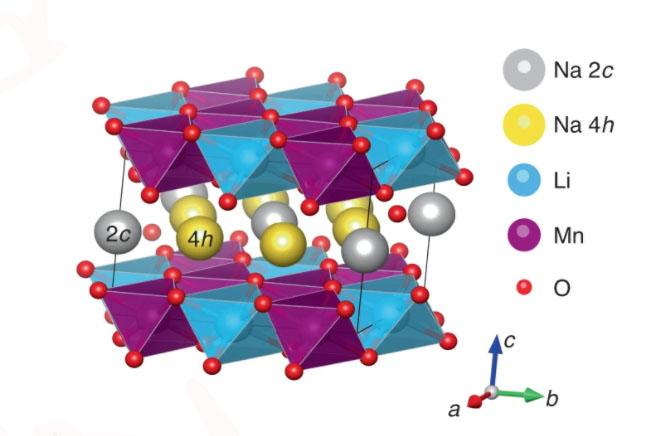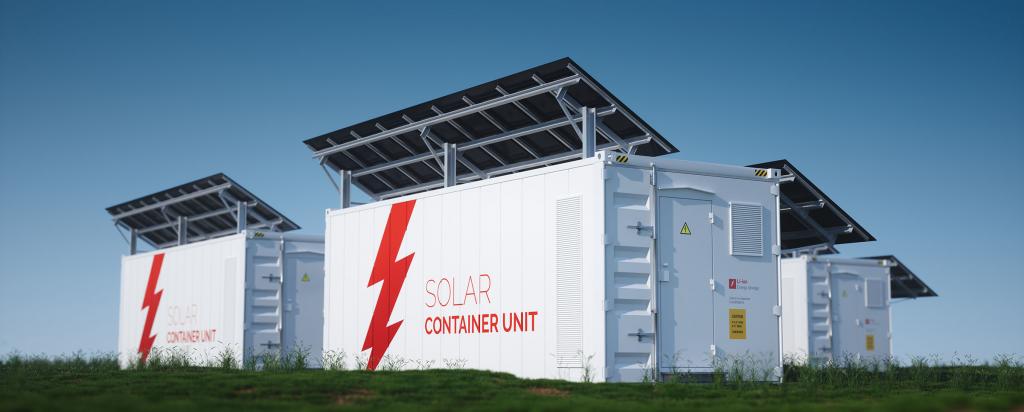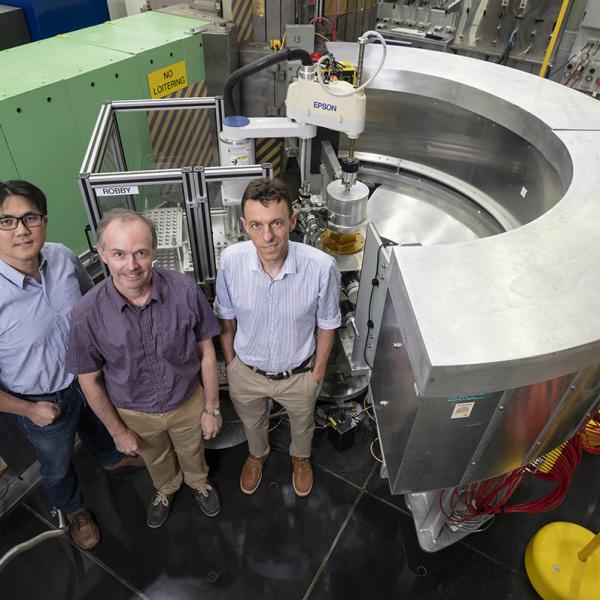

Published on the 13th January 2021 by ANSTO Staff
Key Points
-
Improvements in advanced materials for sodium ion batteries could benefit large scale energy storage
-
A new type of electrode material, a sodium-rich layered oxide, did not show voltage fading on cycling
-
Neutron diffraction data from ANSTO clarified the position of metal atoms during cycling
ANSTO contributed to a large international collaboration on advanced sodium ion batteries led by French researchers, which provides a direction for the design of high-performing sodium ion electrodes. Advanced sodium ion batteries could be used for large scale energy storage.
A new type of electrode material with a high energy density that is also moisture stable was synthesised and characterised by the researchers using a range of techniques. The material, O3-NaLi1/3Mn 2/3O2, is a sodium-rich layered oxide that did not show voltage fading on cycling.
ANSTO Instrument scientist Dr Max Avdeev, who is also affiliated with the University of Sydney, has expertise in the characterisation of materials for lithium and sodium ion batteries and other advanced energy materials, was a co-author of the paper published in Nature Materials.
Avdeev collected neutron diffraction data using the Echidna high-resolution diffractometer operated at ANSTO’s Australian Centre for Neutron Scattering to elucidate the distribution of metals in the structure. The data, which reveals the position of the metal atoms during cycling, was combined with other experimental and computational techniques.

Crystal structure of the pristine NaLi1/3Mn2/3O2 from Fig. 4: 6Li and 23Na MAS NMR spectroscopy results in 'Unlocking anionic redox activity in O3-type sodium 3D layered oxides via Li substitution' ©Nature Materials
“Neutron diffraction is highly sensitive to light elements, such as lithium and sodium, which provides crucial insights into crystal structure of functional materials,” said Avdeev.
As well as ANSTO/University of Sydney, other collaborating organisations included the College of France, Research Network on Electrochemical Energy Storage (France), Sorbonne University (France), Renault Technocentre (France), Paul Scherrer Institute (France) Skolkovo Institute of Science and Technology (Russia), Advanced Light Source Berkeley National Laboratory (US) University of Orleans (France), University of Pau and Pays (France), University of Illinois at Chicago (USA), and the University of Montpellier (France).
DOI: https://doi.org/10.1038/s41563-020-00870-8


